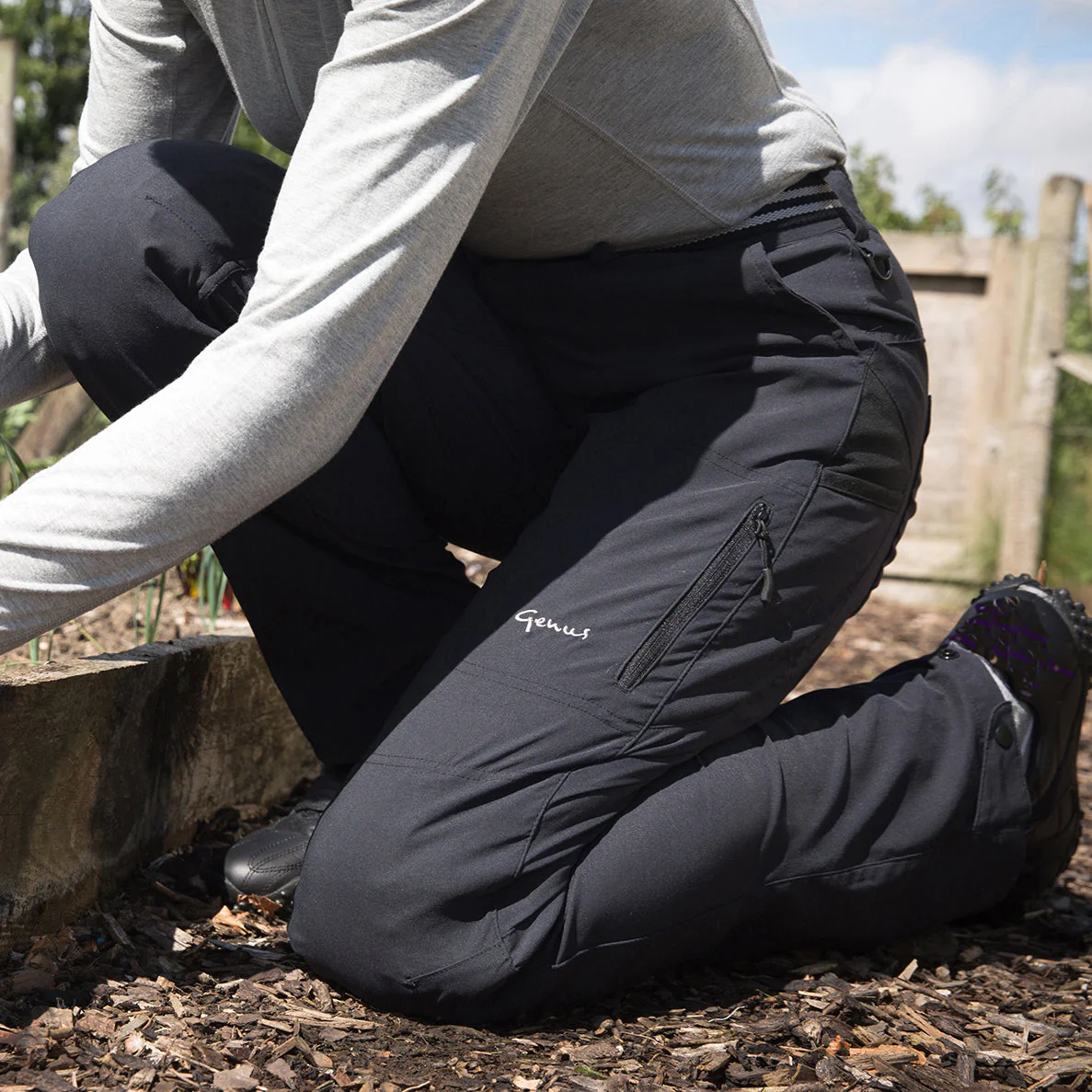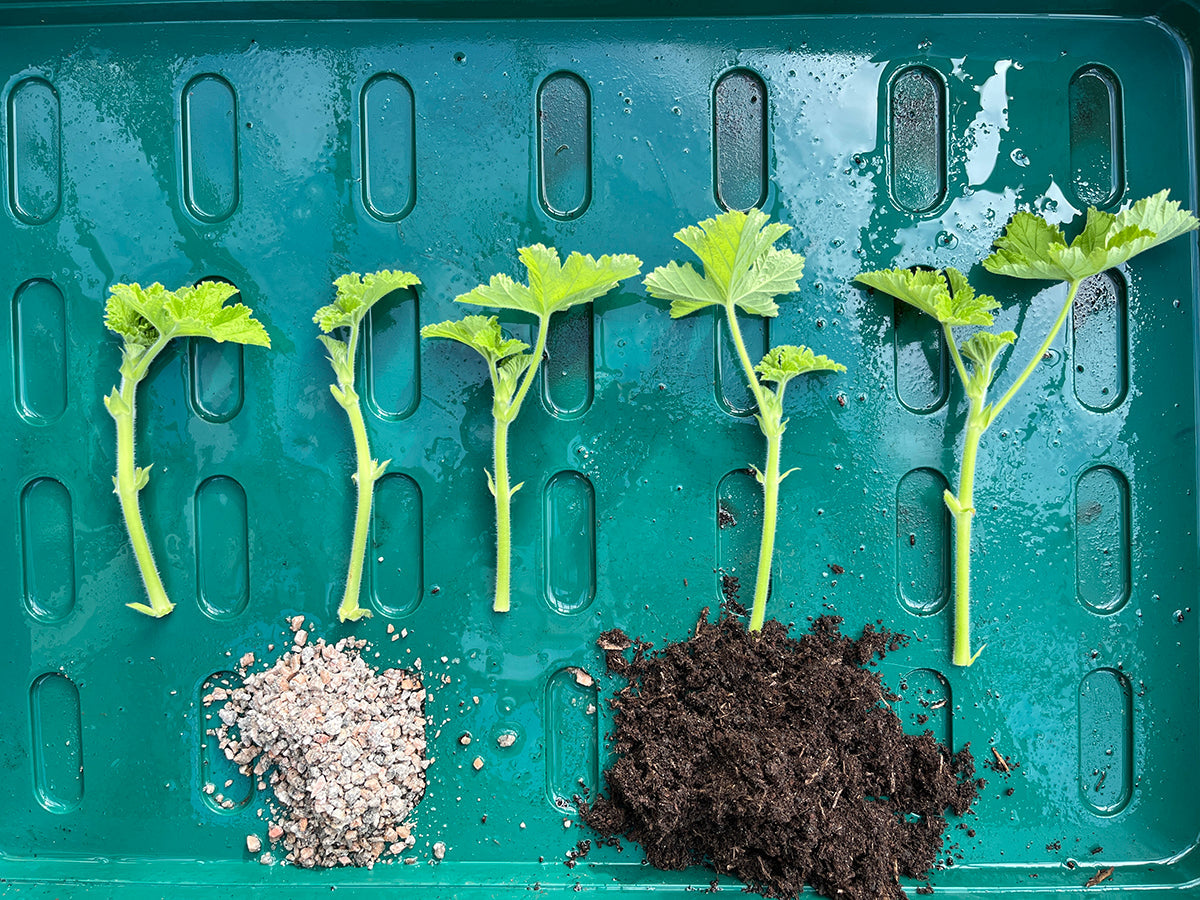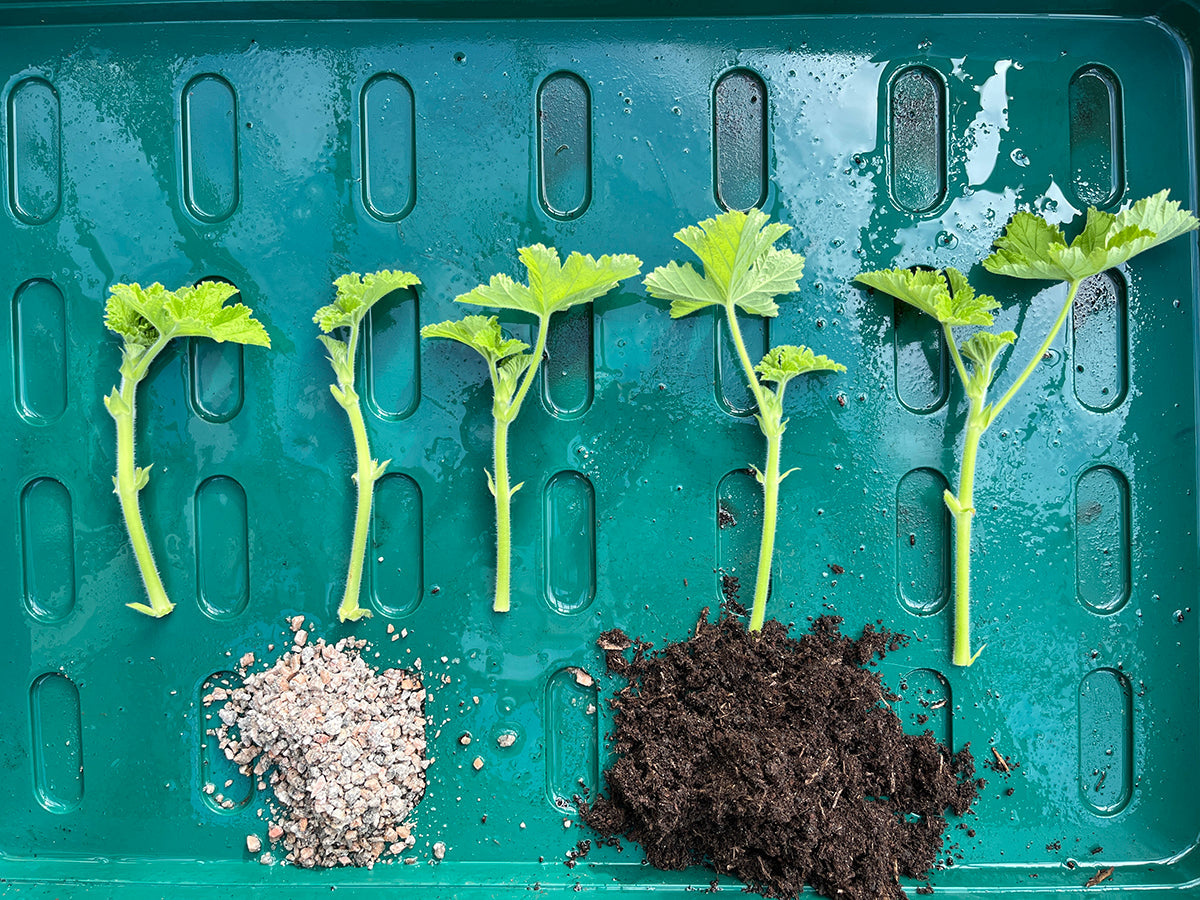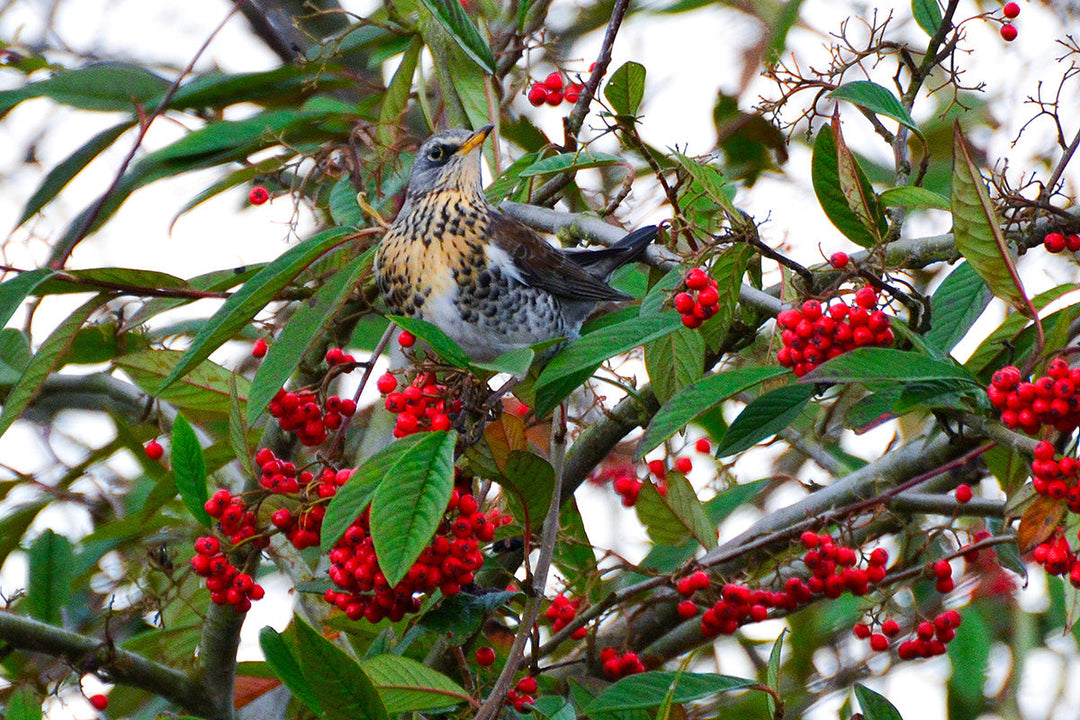Wayward stragglers
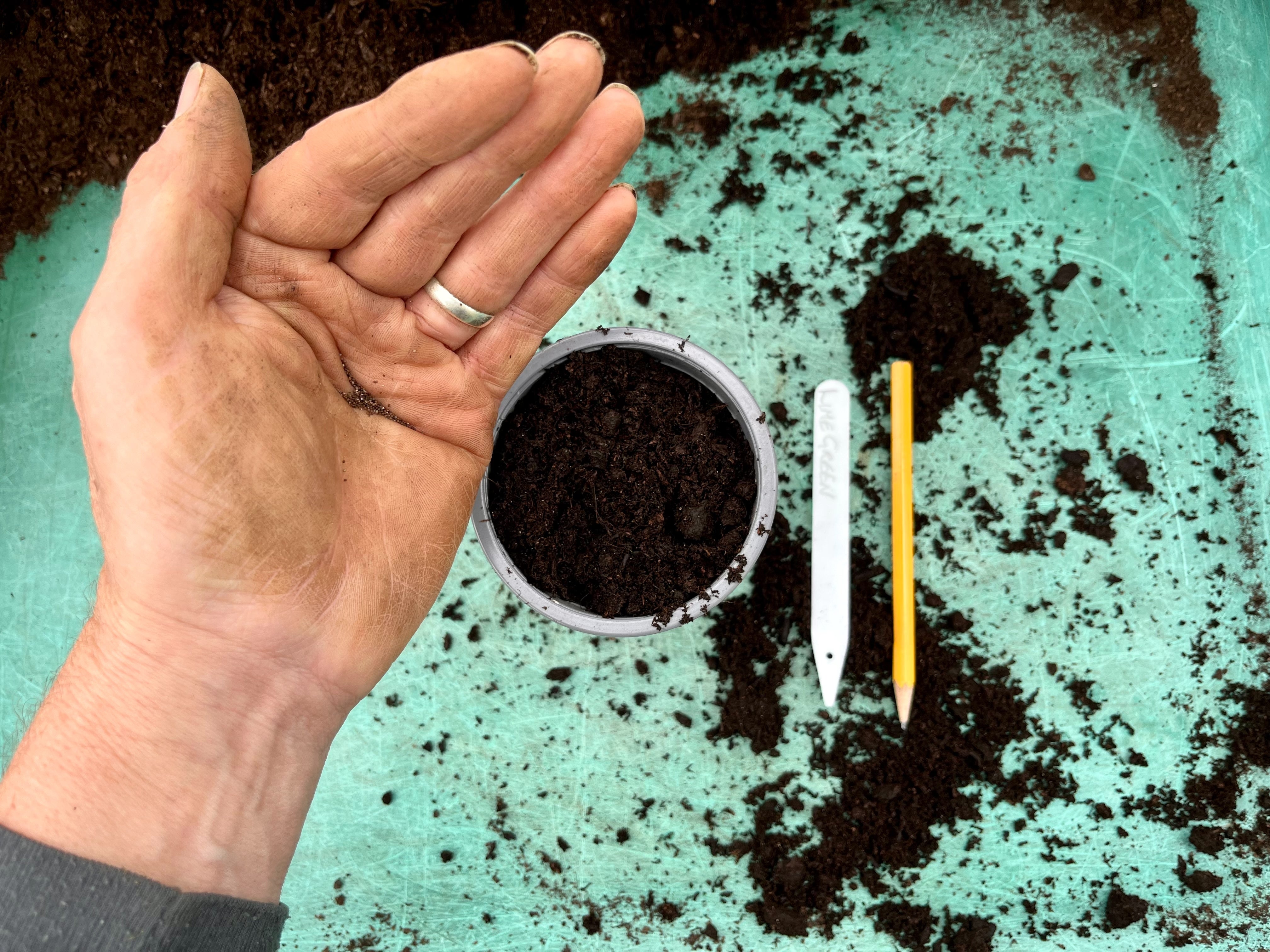
There’s always a few loafers. You’ve seen them: the seeds found in your old gardening jacket, those at the bottom of the kitchen drawer, those free packets still stuck to the front of that magazine subscription. We discovered a handful of these this week and decided they were better off sown than spending a year in our old biscuit tin.
The beautiful annual climber Ipomea or Morning Glory is a great twining climber that can be planted against pea sticks or under a rose where it can scramble through the stems giving late colour to a plant that has finished flowering itself. Delphiniums do well in our garden and a packet of perennial Delphinium ‘Magic Fountain’ was too much of a temptation to leave in the tin. Compact spires in white, lilac, and blue, always add a touch of tradition in a border and with this variety not requiring staking we should have a stunning easily maintained display in two or three years' time.
With the requisite pieces of string, and broken plant labels, a packet of Cavolo Nero seeds had remained hidden in our gilet pocket. With beautiful upright ‘plumes’ of glaucous green foliage it appears more suitable for the flower border than the vegetable garden - a bed of these usually sees us through a Cotswold winter.
Finally, a delicate plant that is loved by butterflies and moths as much as admiring gardeners is Nicotiana ‘Lime Green’. Tiny almost dust-like seeds are sown on the surface of the compost (pictured) and quickly form a rash of minute seedlings. When potted on to grow into garden-worthy plants, it’s often easier to move a little clump rather than try to extricate the brittle stems and roots of each individual.
We think we’re now up to date with our sowing but no doubt another packet of wayward stragglers will turn up and you’ll find us flitting out to the greenhouse in our slippers, torch in hand, to sow ‘just one more pot’ without a thought for where these plants are actually going to be squeezed in!


